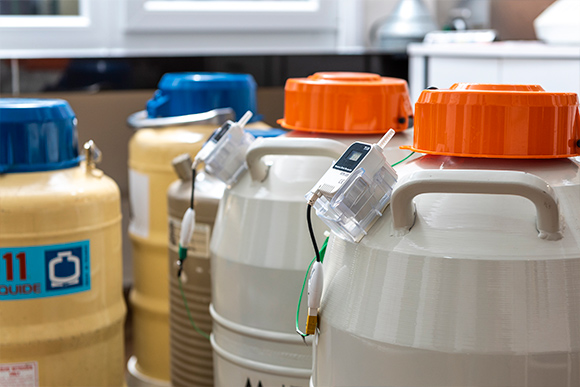Preservation of fertility in prepubertal boys
Introduction
Life expectancy for children and adolescents diagnosed with malignancy has increased greatly in recent years. However, a significant proportion of these cancer survivors experience infertility in adulthood. In addition to oncological treatment, there are some other non-oncological conditions and their treatment that can cause fertility problems. Hematopoietic disorders (thalassemia, sickle cell anemia, aplastic anemia, etc.), genetic diseases (Turner syndrome, Klinefelter syndrome, etc.) or immunodeficiencies are some of these non-oncological medical conditions.
The incidence of childhood and adolescent cancers ranges from approximately 50 to 200 cases per million children per year. Today, more than 80% of these cancers can be cured. Cancer treatments, such as chemotherapy and radiotherapy, can lead to impaired fertility, an additional source of concern. Spermatogenesis is particularly sensitive to chemotherapy and radiotherapy.
The potential risks for fertility impairment vary depending on age, gender, body mass index, medical condition, and subsequent treatment regimen. A comprehensive and individualized assessment is necessary to determine the appropriate timing and methods for fertility preservation.
Laboratory methods for fertility preservation
Scientists have created a series of methods for preserving the fertility of adult men and women, such as cryopreservation of sperm and eggs, embryos or tissues. Fertility preservation in adult men has yielded very good results. The combination of cryopreservation of sperm or testicular tissue and assisted reproduction techniques is now a routine method, with good success rates.
But what about preserving fertility in prepubertal boys? In prepubertal boys, there is no spermatogenesis, meaning that the maturation of precursor cells into spermatozoa has not begun, so there is no biological material that could be stored for future use.
The cryopreservation of immature testicular tissue is the only option for fertility preservation in children or adolescents that will be diagnosed with a malignant or other disease. The testis of prepubertal boys contain stem cells, the precursor cells that will create spermatozoa in due time. Small pieces of immature tissue from their testis are surgically removed for cryopreservation in order to preserve these precursor cells, which will later mature into spermatozoa.
The preservation of fertility in affected prepubertal boys has begun a few years ago – with experiments initially conducted on mice – and since then, the efforts of many research groups have opened new horizons for the treatment of infertility. The experiments to date have been conducted on laboratory animals and have yielded very encouraging results. Clinical studies are already being organized for humans and we hope to have the desired results, that will solve the problem of fertility preservation of affected prepubertal boys, in a relatively short time.
To date, this process is EXPERIMENTAL and progress still needs to be made until we reach a point where cryopreservation of immature testicular tissue is clinically applicable. However, despite the fact that this process is still experimental, this therapeutic pathway is the only way to create a family in these cases, and thus more than 1000 prepubertal boys aged between 3 months and 18 years have already cryopreserved immature testicular tissue.
Today, fertility issues are increasingly recognized as a major concern for newly diagnosed patients and their families. Anxiety about their reproductive future causes tremendous psychosocial stress that harms their well-being. That’s why multiple studies have shown that parents are willing to embrace the currently experimental technique, hoping that future developments will allow the restoration of fertility until their children reach adulthood.
Patients and their families always feel overwhelmed by the diagnosis of a disease that may affect even the lives of their children, and fertility preservation is not a priority, and is often not mentioned at all. Here, the contribution of pediatricians, oncologists and nurses is particularly important in order to increase sensitivity to fertility issues. The doctor, who has decided on the most suitable treatment plan, can evaluate the risks that this will pose to the child’s fertility and decide whether or not to refer a patient to the immature testicular tissue cryopreservation program, in an attempt to preserve fertility.
It is important that this process moves forward quickly. A fast-track referral pathway significantly reduces the time and cost it takes for patients to access fertility preservation services. Given the urgency of both cancer treatment and fertility preservation, any delay in the process could potentially negatively affect the patient’s interests.
Hellenic Sperm Bank (HSB) has initiated banking immature testicular tissue for fertility preservation of children in Greece. The bank is located in Thessaloniki, but can also cryopreserve samples from other Greek cities. Based on the experience from fertility preservation programs in Germany, Belgium and other countries, the sample can be transported from the site of tissue retrieval to the site of cryopreservation, without affecting the outcome. Following this common practice, Hellenic Sperm Bank can serve as a cryopreservation site covering all of Greece. The success of the procedure depends on the proper communication between patient’s family, the doctors and HSB.





